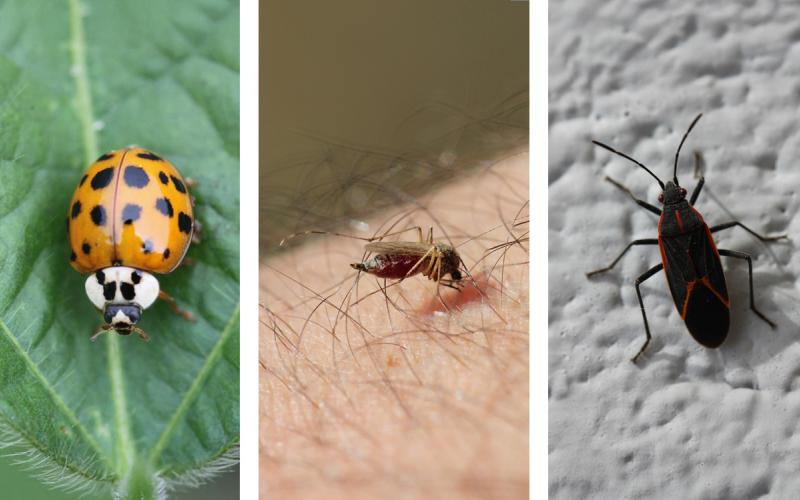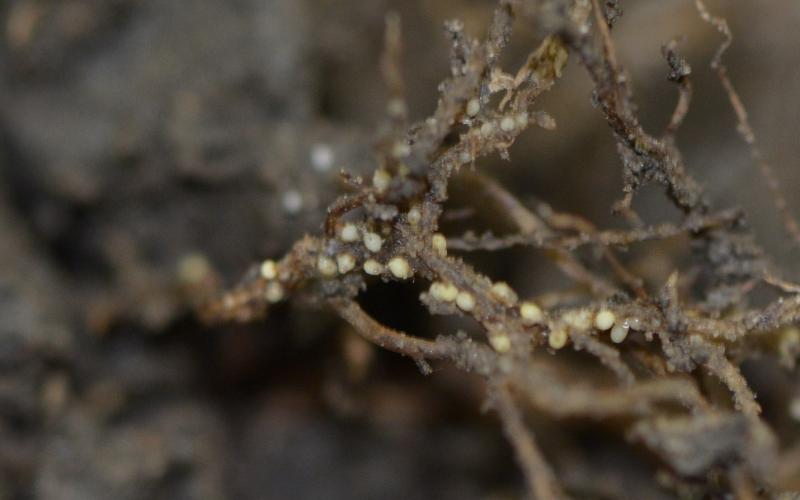In 2015, we received plant samples of soybean that had small red maggots under the epidermis. Now, in 2017, we are starting to receive reports of these same insects being found under the epidermis of soybean in different parts of South Dakota.
Gall Midge Larvae
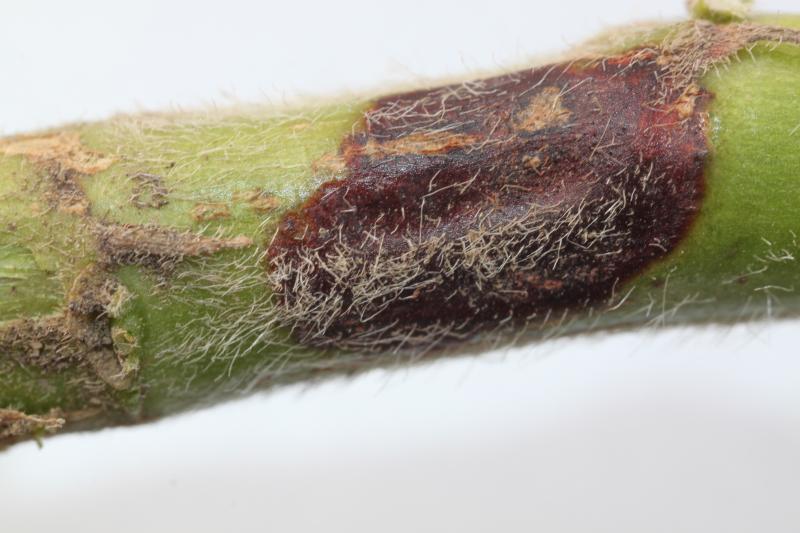
In the 2015 soybean field where these plants were sent from, there was apparent swelling on the stem near the soil surface with wound marks on the stem.
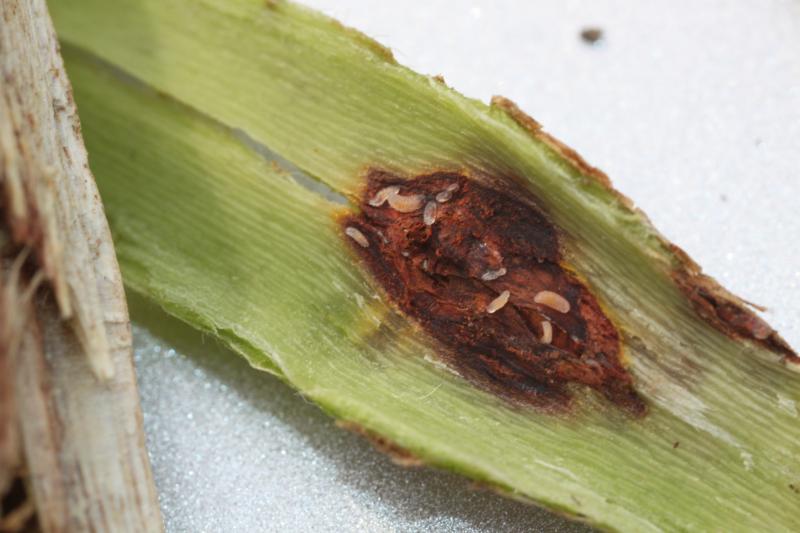
The soybeans in the field also snapped very easily at the point of swelling. By peeling away the epidermis around the wounded areas, we could find the small maggots underneath.
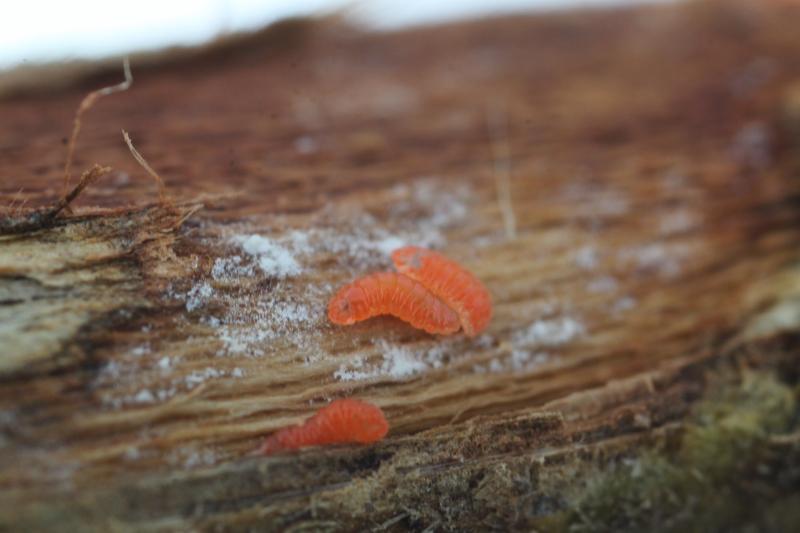
At first, our question was whether or not the maggots were responsible for the observed symptoms. We determined that these maggots were gall midge larvae. There are several gall midge species with larvae that feed on decaying organic matter and fungi. One species of gall midge is known to cause direct injury to soybean; however, that species has not been found in South Dakota. It is unlikely that these insects were causing the brittle characteristics of the plants, but rather an additional symptom of another underlying issue.
The next question is what were these gall midge larvae doing in soybean in the first place? We believe that the larvae were acting as opportunistic scavengers. The affected soybean plants also exhibited signs of secondary fungal infections. This coincided with the locations that we were finding the gall midge larvae.
What might have caused the conditions that allowed for secondary infections? In both 2015 and 2017, the fields where the gall midge larvae have been observed experienced hail injury during the growing season. It is possible that this injury formed wounds that were susceptible to secondary fungal infections and provided a food source for the gall midge larvae. In addition, if the wounds had decomposing plant tissue present, the gall midge larvae may have also been scavenging that as well.
We will continue to monitor the cases of gall midge infestation in soybean. However, we still are not considering the gall midge larvae to be a pest of soybean at this time.

